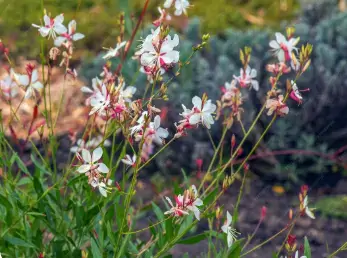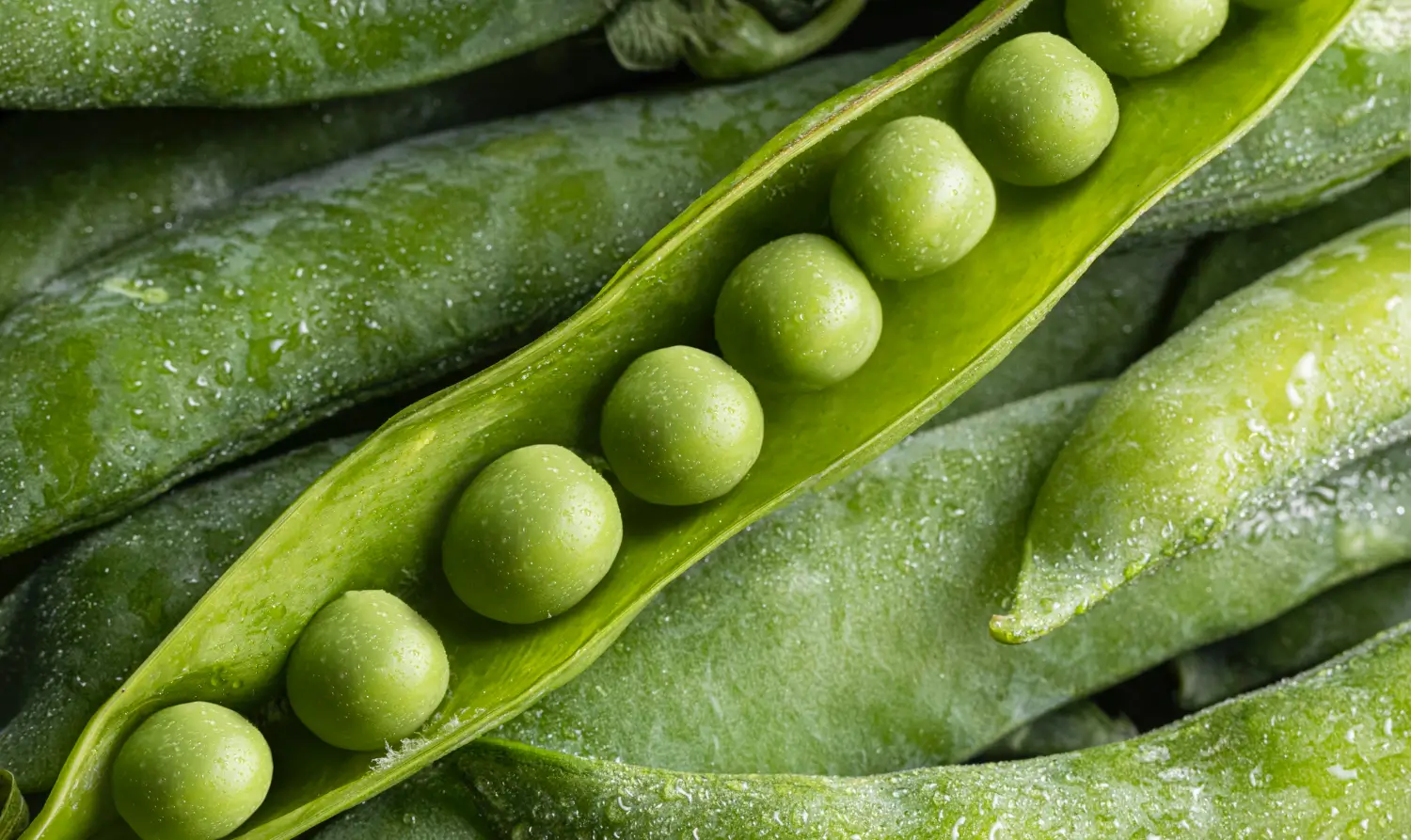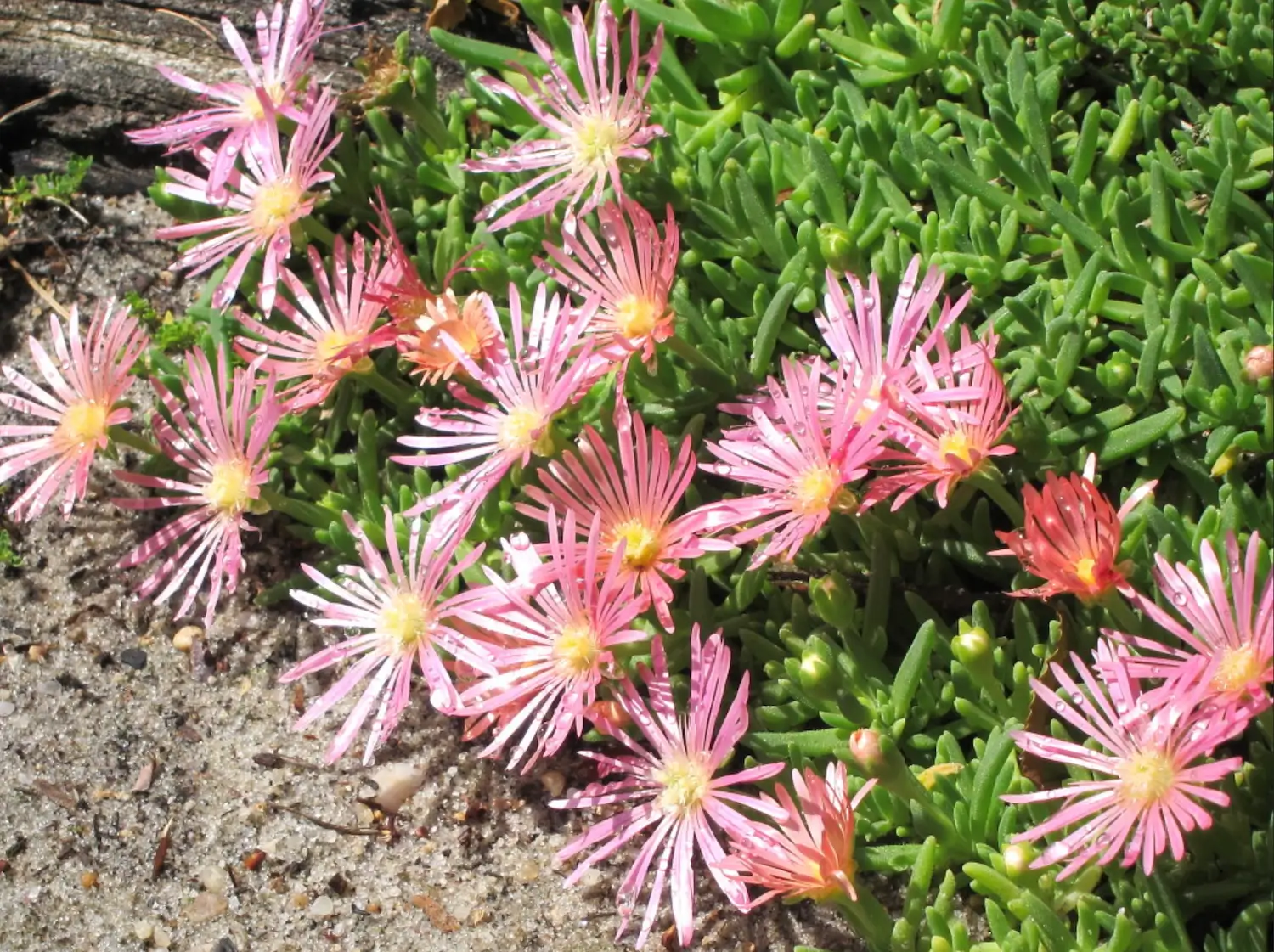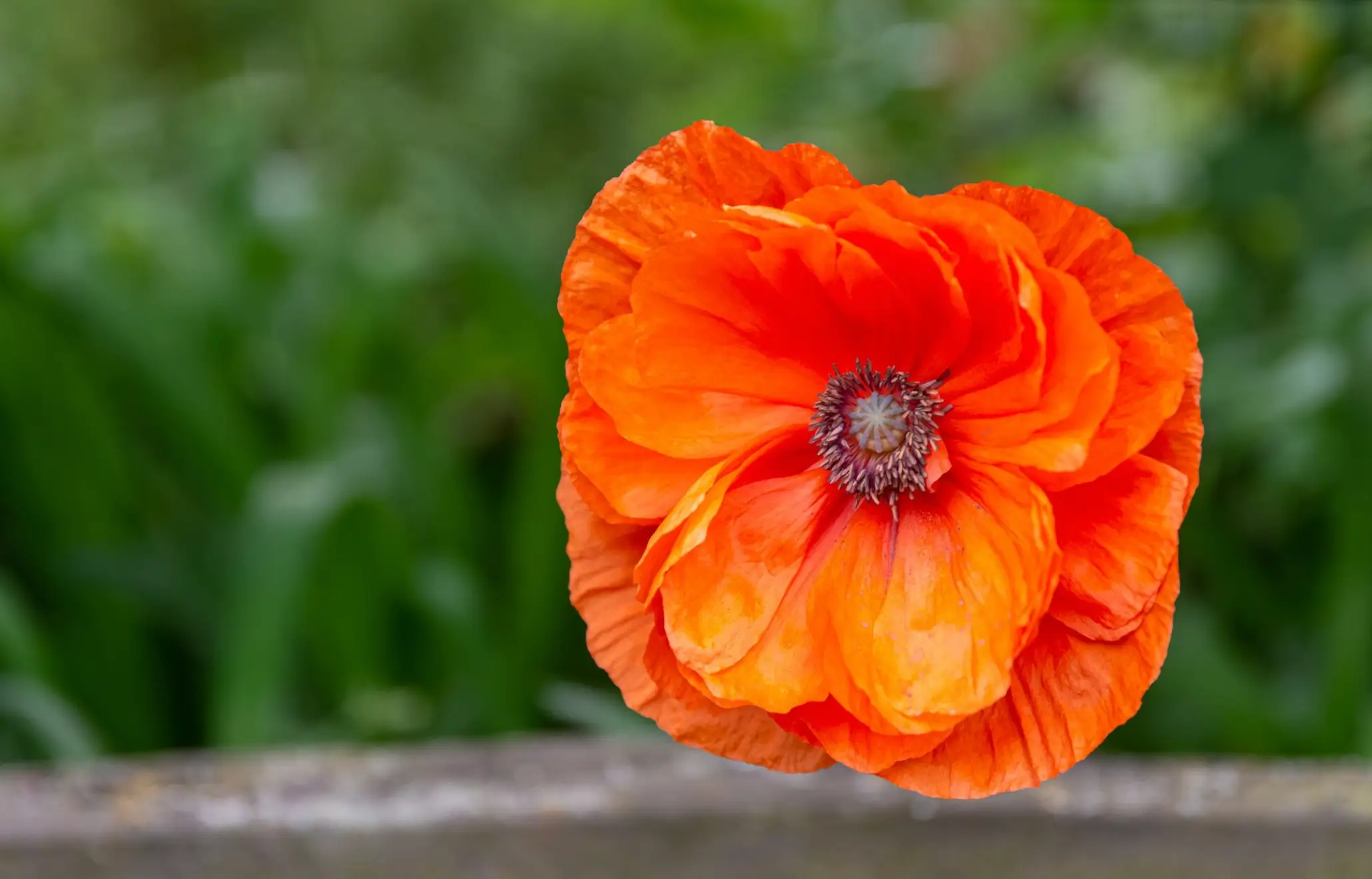
Soil Health & Fertilization
We unite suppliers and green industry professionals worldwide
Gaura plants are long-blooming perennials that produce delicate white or pink flowers, which shimmer in the breeze. It provides a splash of color year-round, and many cultivars bloom from late spring through the end of autumn.
By Mariam Scott
|Published on September 22, 2025


Gaura plants (Oenothera lindheimeri) are long-blooming perennials that produce delicate white or pink flowers, which shimmer in the breeze. And the tiny buds resemble little balls that hover over the foliage and make one think of candy dots in any garden at all. Gaura is a plant species native to North America, showing great tolerance for heavy clay, and adaptable to just about anything. This allows Mountain Laurel to grow in warm, slightly dry, and cool conditions, making it adaptable to many climates.
It provides a splash of color year-round, and many cultivars bloom from late spring through the end of autumn. As its small, delicate blossoms twirl and sway, they create movement and texture in the garden—it's a popular choice for borders, containers or wildflower gardens. Gardeners need to know that it is easy-care as well as an attractor of pollinators such as bees and butterflies.
| Scientific Name | Oenothera lindheimeri |
| Common Name | Gaura |
| Family | Onagraceae (evening primrose family) |
| Type | Clump-forming perennial with wiry stems |

September 25, 2025
9 minute read
September 24, 2025
9 minute read
September 23, 2025
10 minute read
September 22, 2025
9 minute read


Join as a seller and connect with thousands of B2B buyers nationwide!
Sign Up

Garden Peas
Garden peas (Pisum sativum) have been a staple in gardens as well as in kitchens for years. They taste sweet and are soft.

Ice Plant
Ice Plant is a drought-resistant succulent plant that is ideal in low-maintenance gardens and xeriscaping.

Iceland Poppy
Iceland Poppy ( Papaver nudicaule ) is a flashy, hardy perennial known for its delicate, yet animated flowers.

Fenugreek
Fenugreek is a cook´s all-around aromatic herb, and leaves as well as seeds are used in cooking. It has been used for thousands of years in culinary, herbal medicine and traditional remedies and holds a high ranking status across cultures globally.
Gaura is a beautiful plant for the garden, though often overlooked for other reasons, and is both tough and low-maintenance. It is frequently employed in wildflower meadows and naturalized garden scenarios. This plant is priced to adapt well to different lands and weather conditions. Gardeners love the beauty of the plant, as well as how easy it is to care for this perennial.
Bees, butterflies, and other beneficial insects love Gaura’s flowers. Gardeners commonly mix it with ornamental grasses and perennials for a lush, naturalist appearance. This plant adds animation and texture to garden design. It also contributes to maintaining a balanced eco-system of the landscape.
Gaura stands out because of its airy stems and continuous flowering. It has an airy quality since its flowers are borne along tall, thin sticks rather than compact perennials. It is also among the most heat- and drought-tolerant of all ornamental plants. Their unusual shape brings soft and flowing lines in the garden. Gardeners appreciate its soft look and long bloom period.
Gaura is frequently referred to as “wandflower” for its long, wispy stems dotted with delicate hovering blossoms that make them look like magical wands languishing in an imaginary breeze. Originally from North America, it has been grown and bred for both its attractive flowers and the fact that they bring in bees and butterflies as (well-deserved) pollinators.
If you are growing it in the garden, Gaura will sometimes self-seed and spread itself across a planting bed offering weeks of sustained color without any intervention on your part; so it really is quite sustainable yet lovely.
Gaura grows from 2-4 feet tall and has a spread of 1-2 feet. The flowers are almost floating on their stems. They have lance-shaped leaves that are usually green, even when flowers are sparse. This variety has light and graceful blooms that appear in late spring until fall. It stands out as it adds texture, dimension, and movement to garden beds.
Mainly ornamental, Gaura is also wildlife-supporting. Ideal for borders and containers, wildflower gardens too. Its flowers are good for bees and butterflies. Gardeners use it to cut flowers too. Beauty plus ecological worth makes this a remarkably valuable garden plant.
How to Grow and Care for Wandflower gives you detailed instructions for cultivation, pruning, and long-blooming performance.
It prefers full sun and is best grown in well-drained soil. Once it is established, it also has good heat tolerance as well as tolerating poor soils. Regular deadheading encourages longer flowering. It is an excellent plant for low-maintenance design. It does well in formal as well as naturalistic settings.
Although it enjoys immunity to almost all pests and diseases, every once in a while, you might see some aphids or spider mites but most of the time they can be ignored. Fortunately for gardeners, the plant is quite durable. Since the rack also leaves adequate space as well as air right away, you likewise experience far fewer issues.
The seeds of Gaura are small, dark and elongated. They are easy to manage and seed. Given the right conditions, seeds can germinate in a relatively short time. Gardeners can start seeds indoors or sow directly outdoors.
The ideal temperature for seeds is 65–75°F (18–24°C). In general, it takes 10 to 20 days for germination. Provide moisture to the soil, be careful not to cause waterlogging. Good germination care results in strong seedlings.
Fresh seeds produce strong seedlings. Stored seeds remain viable for 2–3 years. Cool, dry, airtight storage ensures best results. Vigorous seedlings grow into healthy, long-lasting plants.
Gaura is grown by seed sowing or division of established plants. This plant can be sowed directly but requires careful handling of transplants. Seeds should be planted 1/4 of an inch deep. Space seedlings 12–18 inches apart. Older clumps can be divided.
Plant Gaura in full sun for top flowering and in well-drained soil. Reduce watering to prevent issues with roots. Mulching also helps to retain moisture and suppress weeds. Planting properly is the key to vibrant growth and blooming.
Naturally, Gaura is persistent but requires maintenance. Correct spacing and air circulation reduces the chance of fungal issues. Trim dead or damaged leaves immediately. Strong plants are much less apt to suffer from pests.
Gaura produces flowers nonstop from late spring to autumn. Cutting flowers encourages more blooms. In areas it finds suitable, Gaura plants may self-seed for the next growing season. This succulent is perennial and easy-care.
Gaura is primarily grown as an ornamental plant. The flowers of the cut sort last a week in water Moreover, this seed can even be gathered and put away for future planting. Once planted, they require little care.
Gaura is a subtle, long-flowering perennial that adds grace and movement to any garden. Pollinators are attracted to its flowers and provide some soft texture in the garden grid. It is low maintenance, tough, versatile and can easily be included in naturalized or formal garden settings.
It tolerates light shade but flowers best in full sun.
Water regularly until established, then it tolerates some drought.
Yes, it attracts bees, butterflies, and other beneficial insects.

Soil Health & Fertilization
Victor Miller

Pest Identification & Prevention
Victor Miller

Lawn Care Tips & Maintenance
Victor Miller

Soil Health & Fertilization
Victor Miller

Smart Irrigation Systems
Victor Miller

Patios, Walkways & Driveways
Victor Miller

Soil Health & Fertilization
Victor Miller

Pest Identification & Prevention
Victor Miller
My Account
Our team is always here to help.
We are open Monday - Friday, 9:00 AM to 4:30 PM PST.